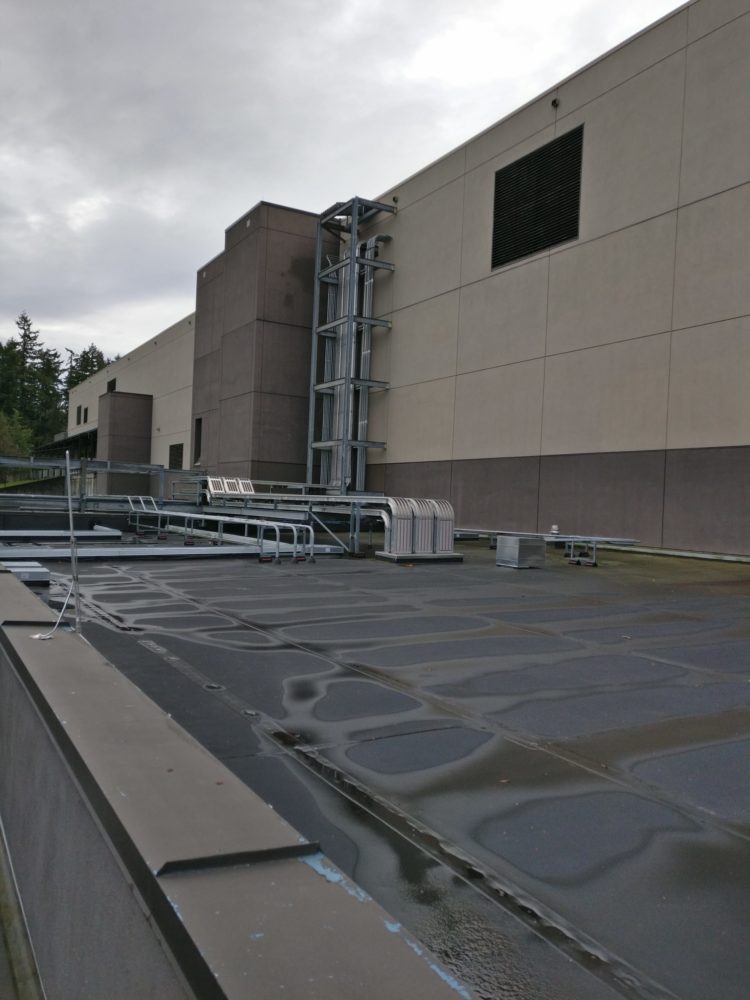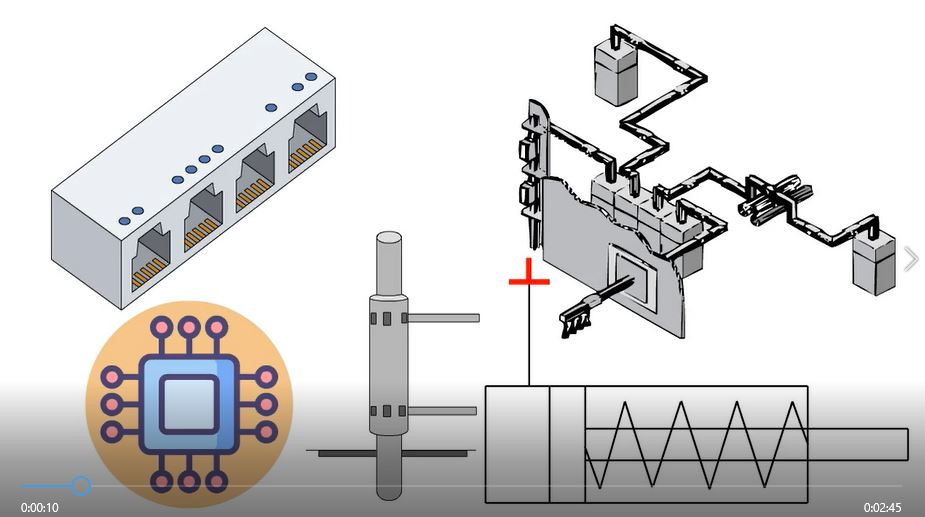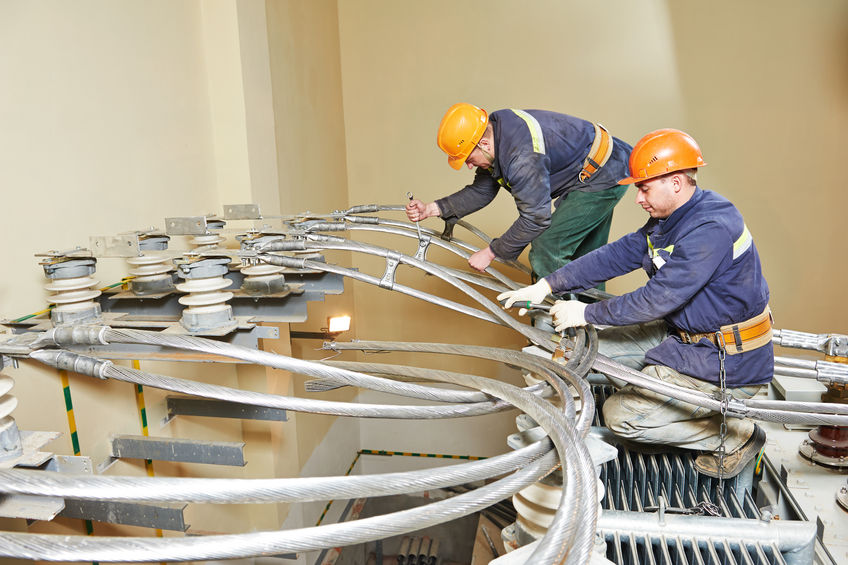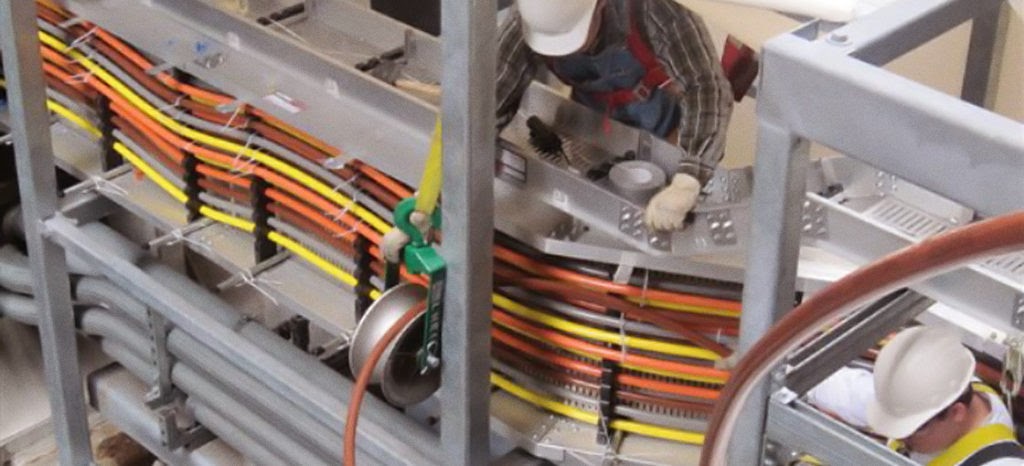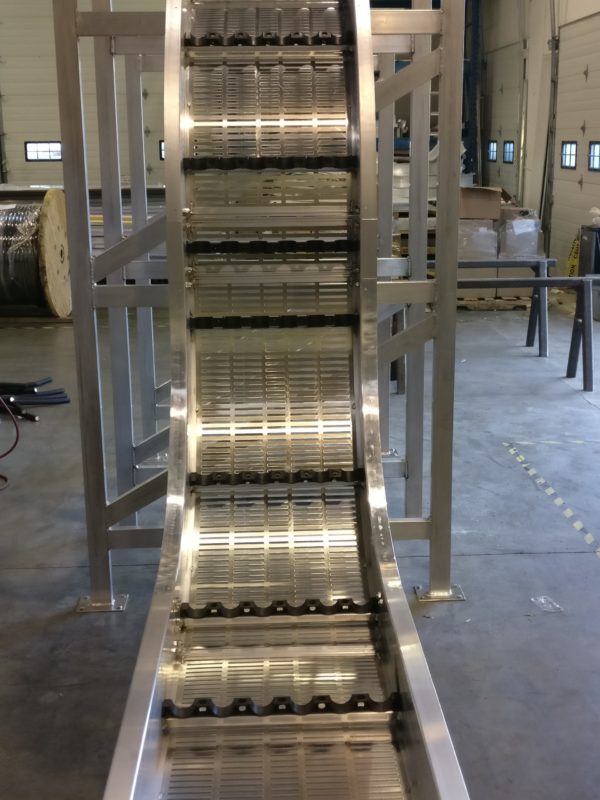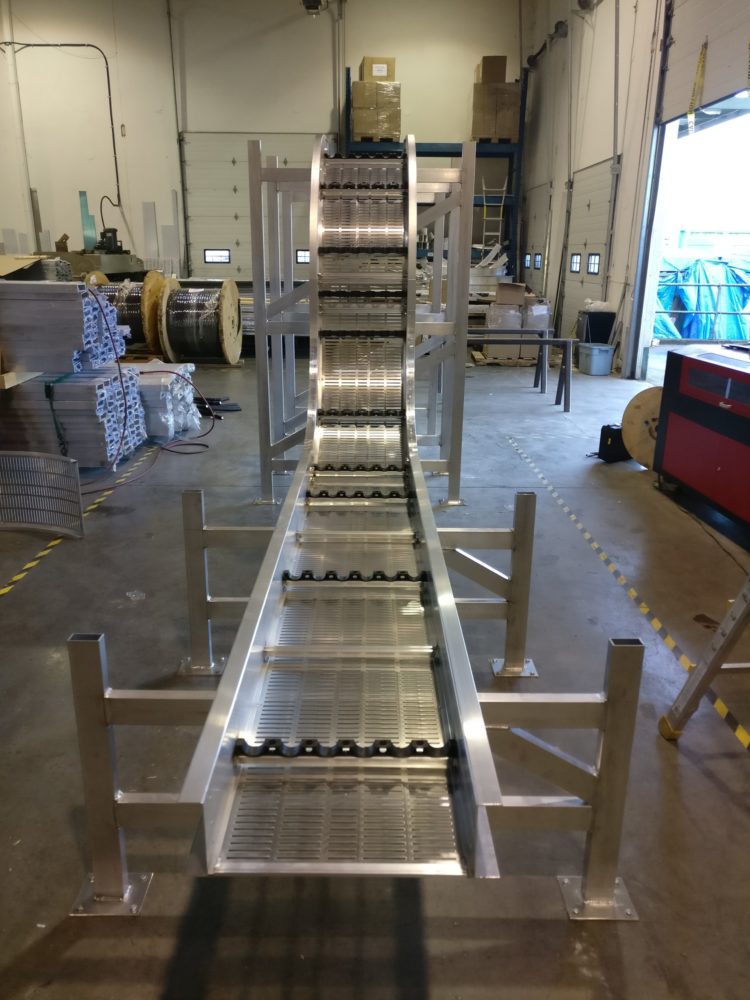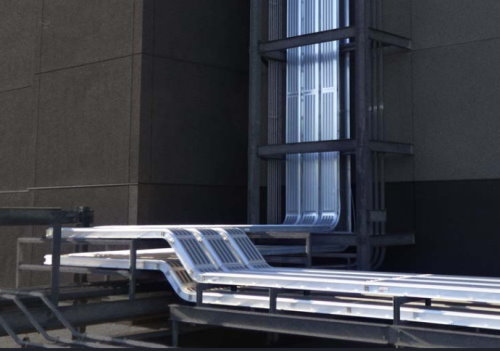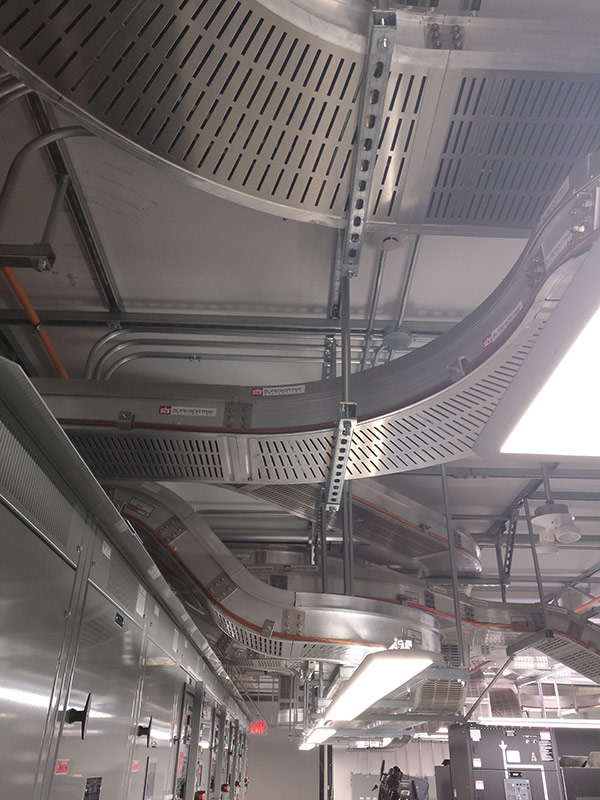-
What is the Role of Transformers in a Power System?
The current emits a magnetic field as it flows through the cable. When an alternating current is passed through the cable, the magnetic field changes in polarity and may increase or decrease in strength as the current changes in direction. However, when a direct current is passed through the same cable, the magnetic field will…
-
What is Power Distribution?
A transformer is made up of two cores with an electromagnetic field between them, each wrapped in copper wiring. The power travels through a core wrapped with several winds of copper wiring when entering the transformer and leaves through the other core that has fewer winds, resulting in less voltage. Although the concept of how…
-
What is a Cable Bus? SuperiorBus Explained
Cable Bus is an advanced power distribution system designed to meet the diverse needs of industrial, municipal, and commercial projects. Composed of multiple parallel conductors housed in a ventilated, rigid enclosure, this system provides a reliable, efficient, and cost-effective method of transmitting electrical power. With voltage capacities ranging from 600 volts to 218,000 volts and…
-
Why Isn’t Copper Used For High Voltage Lines?
Of all metals, only two of them are widely used for electrical conductivity in both home and industrial uses. Copper and aluminum are most often utilized as electrical conveyors in electrical links because of their low opposition and superb conductivity. This is because they do not corrode easily and are very ductile. They are also…
-
What is Reverse Power Relay?
A reverse power relay is a protective transmitter that protects the turbine or motor from damage upon a reverse power condition. A generator can work as a synchronous compensator if the driving torque is less than the total losses in the system, taking necessary power from the network. For instance, reducing the steam flow in…
-
What are Bus Plugs and How Do You Use Them?
Bus plugs are electrical devices that are used to distribute electrical power typically used in commercial and industrial applications where load locations are likely to change. They usually come in a compact design where flat copper conductor plates are enclosed in a metal casing, called a bus plug. They are installed in a large industrial…
-
Benefits of Preventive Maintenance on Bus Ducts
Basic frameworks like transport pipes that transmit power at mechanical structures go ignored. The purpose of this is because individuals are under an inappropriate idea that since transport channel frameworks do not comprise of moving inward parts, they need not bother with normal upkeep or administration. After some time, carbon and other outside parts can…
-
The Best Way to Maintain an Electrical System
Test Your Breakers The fact that most manufacturers test the breakers when making the electrical systems does not mean that you should take their word for it. After you have or when buying the system, ensure to test the breakers to make sure that they are working properly. It is the only way to ensure…
-
Factors to Consider Before Installing a Cable Bus System
A good cable bus system uses parallel conductors that have been braced in a rigid enclosure to distribute very high current and voltage between the power source and load center. The installation phase of a cable bus system is very essential as it determines the overall efficiency and effectiveness of the entire system. Insulation conductors…
-
How Does Cable Bus Work And What Are Its Advantages?
A cable bus is an electrical power distribution system in high rise buildings as well as the power generation, mining, petrochemical, paper, heavy industrial and commercial industries. It is made up of insulated conductors that have been mounted in a ventilated metal housing designed with cable support blocks. The cable support blocks installed in the…

